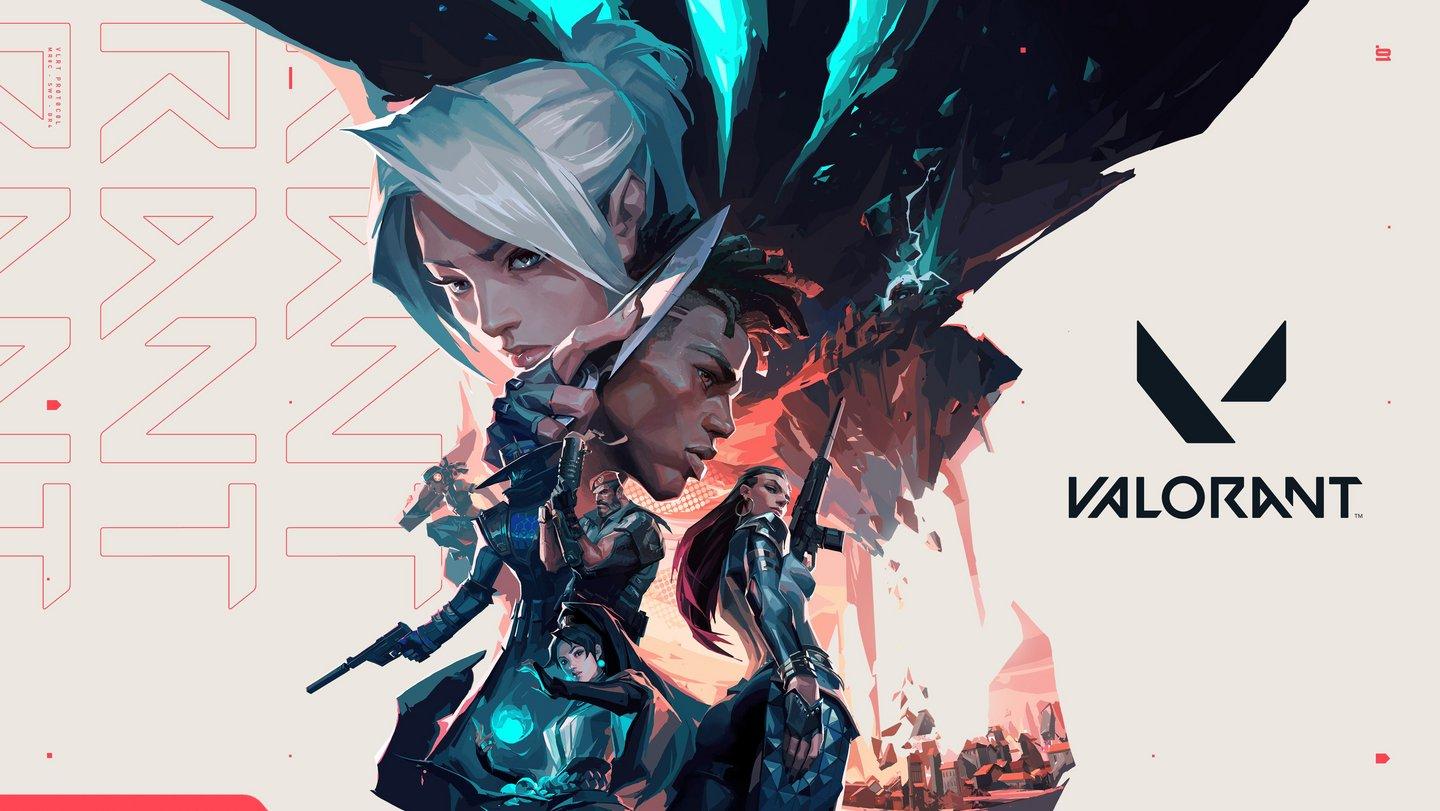With its unique gameplay and captivating visuals, Valorant took the FPS community by storm and is the first game that comes to mind when I think of “fun”. There is a prominent aesthetic component that warrants this: fellowship.
Fellowship contributes to the addictive nature of the game by forcing efficient team play to rank up. The team with the most information about the other wins, equipped with the knowledge to predict certain plays and pre-aim common angles, and so the most influential dynamic encouraging fellowship is the value each player holds in gaining info and sharing it with the team. How does Valorant do this? By establishing public and private info. All players are given a minimap that shows the location of all members of the team, notifies that an enemy has been spotted, and visibly displays skills that have been used. However, Valorant selectively picks what information is private to a single player, with individual players able to see the amount of damage they inflict on an enemy agent, identify the exact enemy agent that was seen, and hear footsteps or skills being used within their vicinity. These mechanics force players to work together to identify and formulate a strategy from non-visible information. This dynamic is reinforced through in-game voice chat fueling fast-paced gameplay, with players calling out map locations, specific plays, and utility combos to respond, aiding in the development of Valorant-specific jargon and strengthening its community. However, not only does a player’s ability to gain unique info encourage fellowship, but also the unique agents with distinct roles and abilities players can choose from, such as duelists that specialize in getting kills and entering a site or initiators that are crucial for gathering info on the enemy team and their location. With mechanics such as the ability to smoke out the enemy player, spy on the enemy team with a camera, or blind the enemy team with flashes, this dynamic of strategic team compositions and combining different agent’s skills reinforces fellowship – forming strong teams but even stronger bonds.



